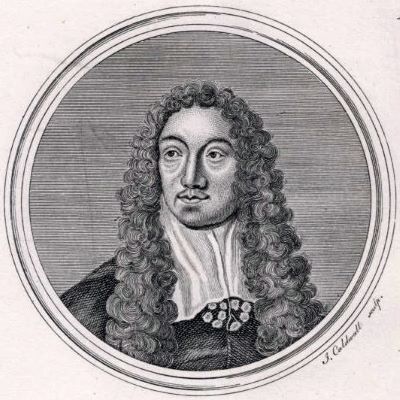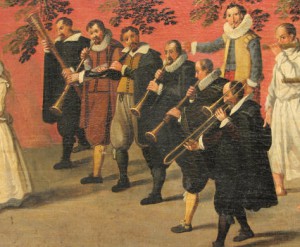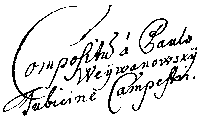Born in Krössuln, near Weissenfels, April 17, 1683
Died in Dresden, July 16, 1729
- Heinichen was a composer and music theorist. He studied with Johann Kuhnau at the Leipzig Thomasschule. Though Heinichen studied law at university of Leipzig, he quickly gained success as a composer of opera instead, working in Leipzig and Italy. Eventually he became Kapellmeister to the Prince-Elector of Saxony in Dresden.1
- Heinichen’s music theory treatise, Der General-Bass in der Composition (“Figured Bass in Composition”) (Dresden, 1728), is one of the most important Baroque theory documents. It contains valuable information for historic performance practice, as well as insight into the philosophy and theory of German baroque composition.2
- Fun facts: As a child, Heinichen studied at the Thomasschule in Leipzig, enrolling in 1695. Bach would later teach there, starting in 1723.3 Heinichen also taught the young Prince Leopold of Anhalt-Cöthen during a visit to Italy in 1712;4 the Prince would hire Bach as his court composer in 1717.5



































